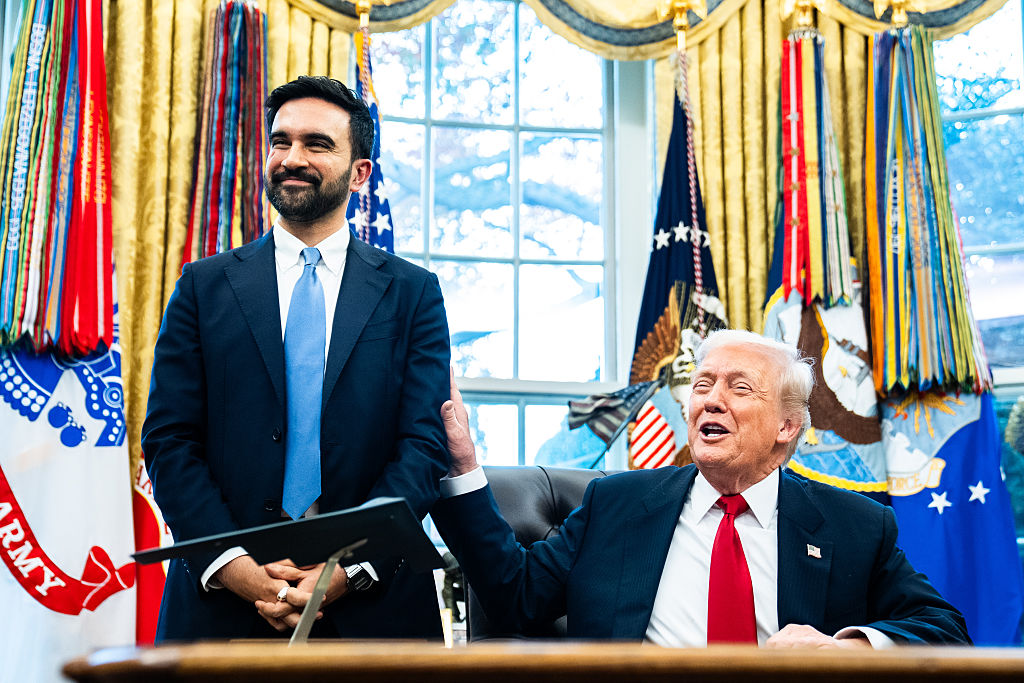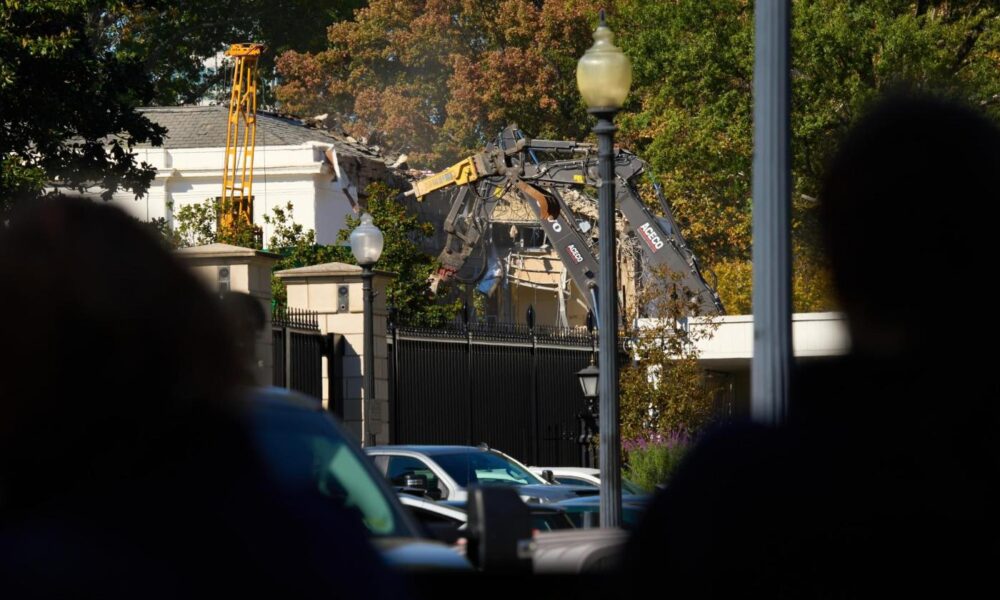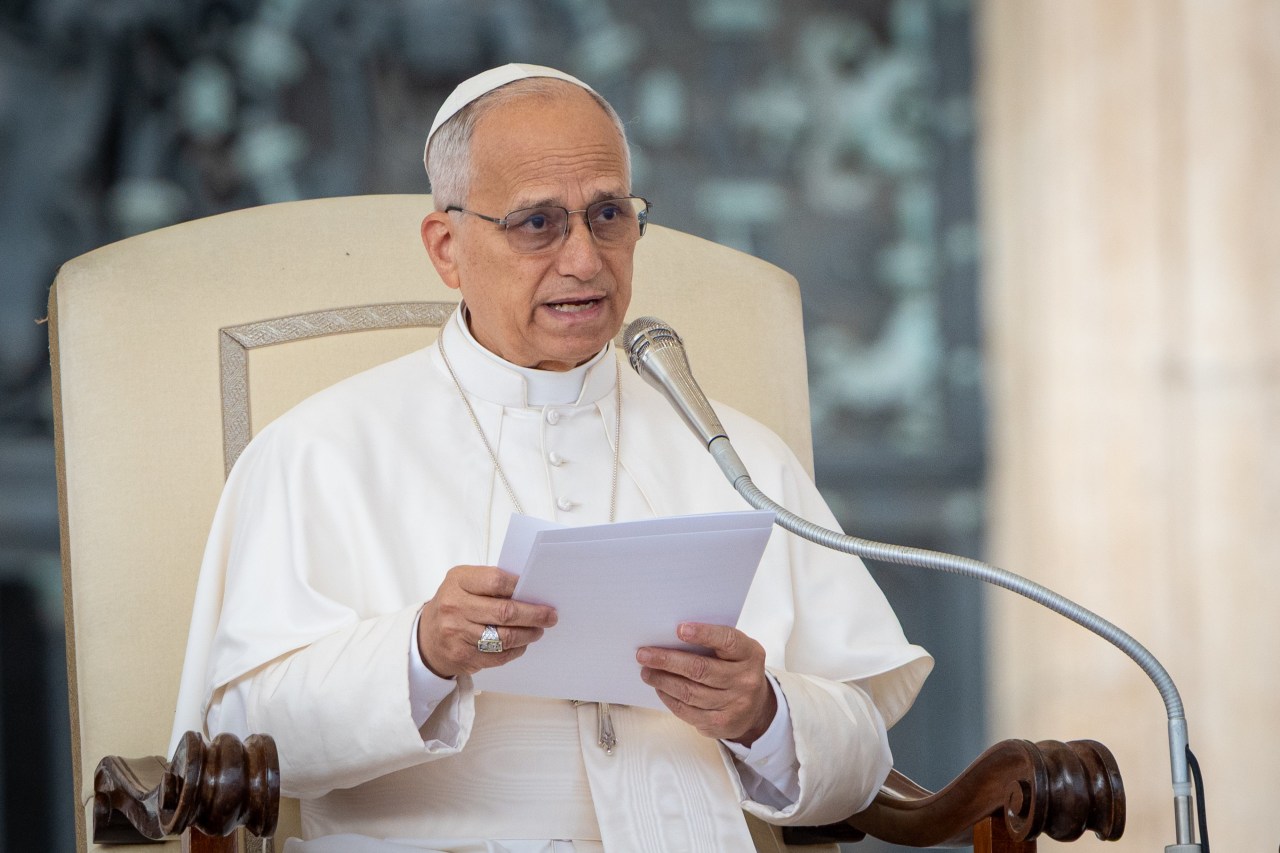New York mayor-elect Zohran Mamdani had a striking encounter with former President Donald Trump during a recent meeting in the Oval Office on November 21, 2025. The exchange took an unusual turn when Mamdani directly asked Trump if he regarded himself as a fascist. Trump’s response was unexpectedly casual: “If you want to call me that, you can.” The two men continued their discussion, with Mamdani affirming, “Okay,” before Trump interjected, suggesting it was easier to simply agree.
The meeting has gained significant attention on social media, characterized by an almost surreal dynamic between two individuals who publicly opposed each other during a contentious mayoral race. Trump had thrown his support behind Mamdani’s opponent, Democrat Andrew Cuomo, launching sharp criticisms against Mamdani throughout the campaign.
During the race, Mamdani faced intense online harassment due to various factors, including his identity as a Muslim and an immigrant, as well as his outspoken stance on issues pertaining to Gaza. Right-wing commentators labeled him “anti-American,” and pro-Israel organizations accused him of antisemitism. This history of hostility made the cordial nature of their Oval Office meeting all the more striking.
Mamdani explained that his team sought the meeting with Trump to explore possibilities for collaboration that would benefit the city’s residents. He noted that discussions focused on pressing issues such as affordability concerning rent, groceries, utilities, and the challenges faced by working-class New Yorkers. Despite having publicly criticized Trump for his authoritarian tendencies, Mamdani expressed appreciation for the meeting’s shift from ideological conflicts to a shared goal of serving the public.
Trump, for his part, dismissed concerns over labels such as “fascist,” stating, “I’ve been called much worse.” This encounter has sparked a variety of analyses regarding its implications. Some observers are questioning whether this indicates a rare policy alignment or a calculated political maneuver by Trump, who has a history of engaging with young politicians he previously targeted.
The meeting has quickly become a defining moment in the aftermath of a bitter campaign, illustrating the complexities of political relationships. It serves as a reminder that even adversaries can find common ground, albeit under unusual circumstances. Mamdani’s inquiry about Trump’s self-image may have served as a test of political boundaries, while Trump’s acceptance of the label reflects his adaptable persona as a political figure.
As the political landscape continues to evolve, this unexpected meeting highlights the dynamic and often unpredictable nature of politics, where past rivalries can momentarily give way to collaboration. The Oval Office encounter between Mamdani and Trump stands as a vivid representation of the intertwining of personal and political narratives in the modern political arena.






